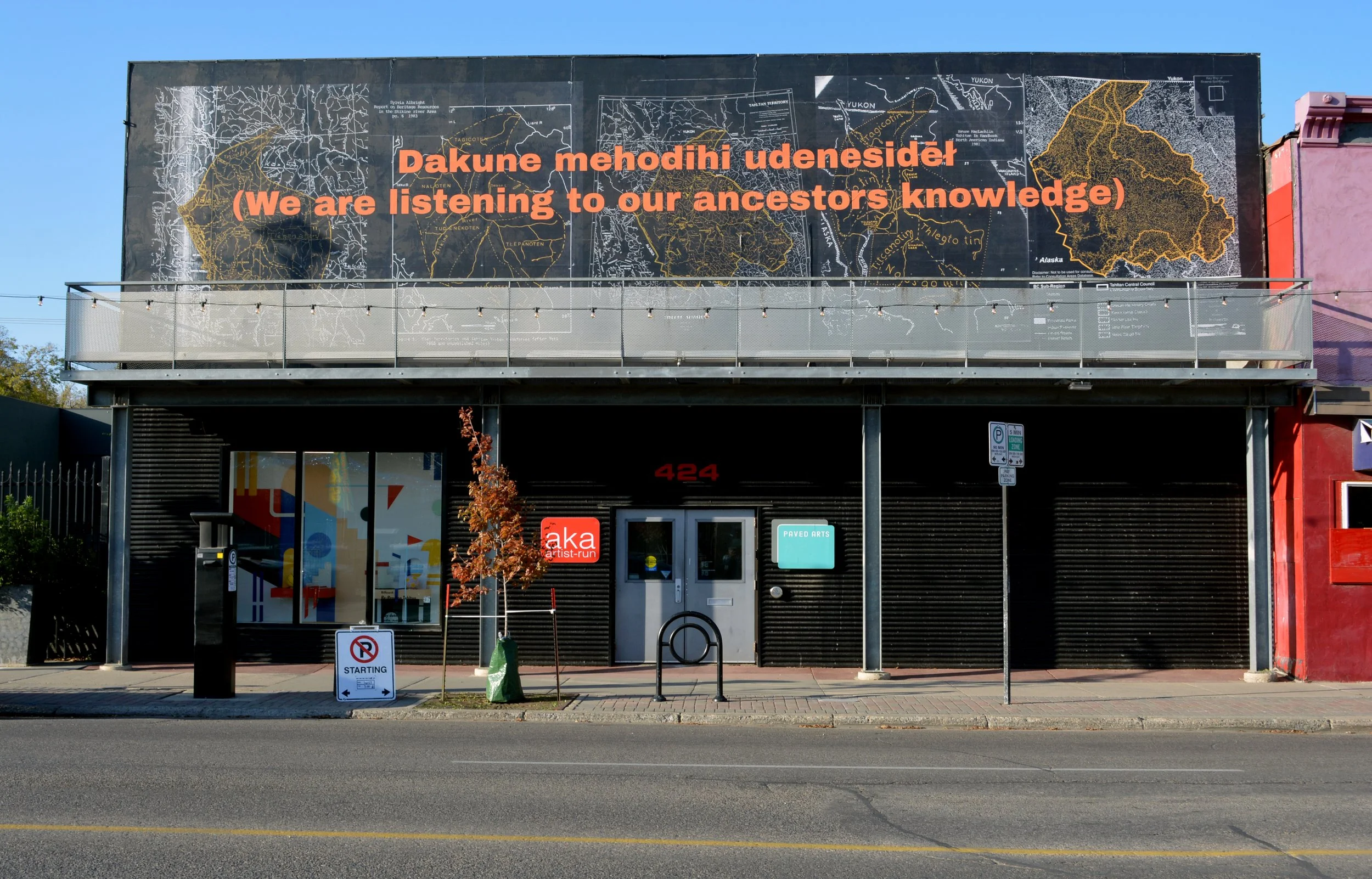

Ło'oks ushyeh

An example taken from A.J. Stone’s short vocabulary of Tahltan and Kaska words
My mother ............ Et’ lee ............ En ná
This is an example where we get to see the level of understanding of Stone’s work and an idea of the situation he was in. Here we have someone with a good understanding of how a language is written and spoken in english and may have knowledge of writing characteristics used to write other languages immersed in an area with people speaking different variations of Didenek’eh with the highest of fluency.
To understand Stone’s choice of spelling here we must first learn a little bit about linguistics. When we pronounce the letters in the english alphabet two characters are the same, but we don’t know it because one is voiced, and the other is voiceless. For example, when we pronounce the sound of the letter D and the letter T our jaw and tongue are positioned the same place, but we voice the letter D and exhale the letter T. This is important to understand the confusion of his spelling.
Tahltan language means Didenek’eh and Kaska Language means Didenk’e. These two words are similar with a slight difference, but they mean the same thing because they both come from the same grandmother tongue. For this example, we’ll focus on Didenek’eh.
In Didenek’eh, my mother means Edlā (pronounced ed-law) and that’s the word we’ve been using to this day. But, over the years learning our language we found another way of saying Edlā and that word is Edlī (pronounced ed-lee). We’ve heard this with Pete Henyu’s recordings and later confirmed in Jenny Brown’s recordings both have grown up in Tlegohīn. But it was also confirmed to us by our Grandparents that Edlī means the same thing.
In conclusion we can see that Stone was hearing everyone saying Edlī but having to be the first, to his knowledge at least, to write it in the best way he can and he mistook the D and used a T and added the ( ‘ ) to make the pronunciation. Both words are and sound the same, but the spelling can make reading difficult and confusing. With that being said, we can also see the similarities between Tahltan and Kaska language as well.
